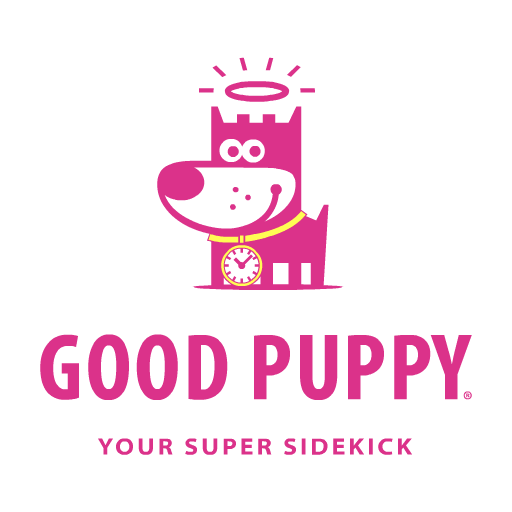Looking For An Easy And Effective Way To Improve Child Behavior? Because, You Found It!
Designed for ages 3 to 9, this child cognitive behavioral system improves child behavior by replacing family or classroom dynamics with a simple game children love. The system sets healthy boundaries, gives children the attention they need, corrects communication, helps develop a sense of responsibility, reduces anxieties, grows confidence and self-esteem; and it does it all through play.
Here are the three main tools to implement the system:
Tool #1 — Child Behavioral Agreements
Setup three rules that describe the behaviors you want from your children and the reasons why. Keep agreements positive and explanations clear. This tool is designed to improve communication. When Children understand the reason why a behavior is expected of them, they are more likely to agree and follow through. Here’s an example:
Agreement #1: Always Be Polite.
Because… You treat others the way you want to be treated.
Agreement #2: Cooperate
Because… In a family, everyone has to help.
Agreement #3: Follow Our Instructions
Because… There isn’t always time for an explanation.
These three agreements cover all the basics to support good behavior. You’re more than welcome to use them as they are, or customize them to fit your situation.
Tool #2 — Child Behavioral Levels With Consequences
The system is comprised of 4 levels, each with its own color, name and image of our puppy, Roger Good. Each color or level is attached to consequences. This system helps children earn their privileges. Making something such as time spent on electronics, a reward for good behavior and cooperation.
Children start each day on green, Good Puppy.
If they do well, they remain on green, Good Puppy.
If they do super well, they can move up to blue, Super Puppy.
If they don’t follow the agreements, they move down to yellow, Silly Puppy.
If they stray again, they go down to red, Naughty Puppy. Red may require a time out. A time out is a time to look at our emotions and figure out what made us stray and how to get back to green. Help children get back to green by suggesting good deeds to make up for their behavior.
Fill out the consequences on the back of each card:
Green should have all the privileges the child usually has.
Blue should have extra privileges.
Yellow should represent a loss of some privileges.
Red should represent a loss of all privileges.
Tool #3 — Child Behavioral Chart & Journal
Make a safe space every night to sit down with your child and review the days’ behaviors. This will give you the perfect opportunity to bond and discuss questions children may have, away from the situation.
Do this every night in order to build a journal, to review behavior and to view the progress made. Later on, this journal will become a piece of nostalgia; something to keep in mind when writing it. Make it something fun to look back onto.
Download Your Free Child Cognitive Behavioral Tools
Download your free sample of the GOOD PUPPY Children Behavioral & Emotional System for HOME and get your three free tools, along with a chance to browse through the entire Good Puppy System.
Now, it’s up to you to implement these tools and discover the benefits the Good Puppy System can bring you. We recommend you implement the entire system and we’re here to help if you have any questions or need coaching.
Gabriel Tito, MS
Child & Family Therapy
GOOD PUPPY Child Cognitive Behavioral System Collaborator, Consultant, Implementer & Master Coach
Drums & Percussion Therapist
In his fifteen years working with children, ages 3 to 18, Gabriel noticed a lack of tools to implement changes in family dynamics, prompting the creation and his collaboration on the GOOD PUPPY Child Cognitive Behavioral System. You can find Gabriel in South Florida, making families happy with quick and effective results, or online, looking to share his toys and everything he’s learned.















What Does It Take To Do A Good Parenting Job?
Just like any job, raising children comes with a list of requirements. These requirements allow for a positive parenting experience, beneficial to everyone. But while anyone may muster up some of these traits, it is mastering them that will turn them into parenting super powers.